An epoxy table isn’t just furniture—it’s functional art. But art still has to survive real life. So how long can you expect an epoxy resin table to actually last? Here's what I’ve seen firsthand, and what separates a table that holds up for decades from one that fades fast.
Epoxy Tables Can Last Decades
With high-quality resin, expert craftsmanship, and basic care, an epoxy table can easily last 20–30+ years. The secret? It’s all in the materials and how it’s built. Here’s a quick breakdown:
| Cheap Epoxy Table | Premium Epoxy Table | |
|---|---|---|
| Epoxy Quality | May yellow, crack, or peel | UV-stable, heat-resistant |
| Craftsmanship | Rushed pours, poor bonding | Professional prep + curing |
| Durability | 3–5 years (if that) | 20–30+ years with light care |
| Aesthetics | Prone to bubbles or clouding | Glassy, timeless finish |

What Impacts the Lifespan of an Epoxy Table?
1. Quality of Epoxy Used
The resin you use sets the foundation. Budget resins are tempting, but they often yellow over time or develop surface cracks. If I’m building for longevity, I only use premium epoxy that’s UV-resistant, scratch-tolerant, and crystal clear. I explain more in this breakdown of resin types.
2. Craftsmanship and Application
A good pour lasts. A bad one breaks. The prep matters—moisture levels in the wood, surface sealing, mixing ratios, and cure times. When something’s rushed, it shows in a year. When it’s done right, it can hold strong for decades. For a full view of how I build tables start to finish, check out this process blog.
3. Environmental Conditions
Sunlight is the enemy of cheap epoxy. I always tell clients: direct UV can fade, yellow, or weaken the finish. Outdoor tables take more wear, but even indoors, tables near big windows need UV-stable resin. I share more about outdoor durability in this post.
4. Day-to-Day Maintenance
Here’s what I do with my own table:
- Coasters, always.
- No abrasive cleaners.
- Soft cloth + mild soap. And please—don’t clean it like a kitchen sink, and don’t treat it like a cutting board. That alone will add years.

What Can Ruin an Epoxy Table?
Common Enemies of Epoxy
- Harsh chemicals or solvents
- Knife scratches
- Hot pans or boiling water
- Dragging heavy, sharp-edged objects
- Even the best epoxy resin table isn’t indestructible—it’s durable, but not bulletproof.
Want to know how mine held up after a few years? Here’s a full post on what epoxy tables look like after long-term use.
Poor DIY Jobs (Not Our Style)
I’ve repaired my share of epoxy disasters:
- Cloudy finishes from bad mixing
- Brittle resin from off ratios
- Edges peeling because it wasn’t sealed right
DIY can be great—but when it comes to durability, experience matters. I documented a few of the biggest issues (and what I learned) in this repair blog.
How to Make Your Epoxy Table Last Longer
5-Minute Maintenance Routine
It doesn’t take much.
- Weekly: Dust and wipe
- Monthly: Use a polish designed for epoxy or hardwood
- Annually: Reseal any high-wear edges or exposed grain. I usually just apply a new topcoat.
For a full guide on polishing and re-coating, I broke it down in this mirror-finish post.
Pro Tips
- Keep it out of full sun if you can
- Use felt pads under décor or vases
- Small chips? Easy fix with a bit of sanding and a fresh top coat.
- Most of the wear I’ve seen could’ve been avoided with just a little protection.
Also worth checking out: my step-by-step epoxy repair blog.

Real Customers. Real Tables. Real Longevity.
“We’ve had ours 6 years—it still turns heads.” “No yellowing. No scratches. It’s become the centerpiece of our studio.” These aren’t just comments—they’re the reason I obsess over every pour, every edge, every finish.
Quick Answers on Epoxy Table Durability
Can I put hot pans directly on my epoxy table?
No. Use a trivet or pad. High heat can soften or scar the resin. More on that in this heat-resistance blog.
Does epoxy yellow over time?
Cheap epoxy? Almost guaranteed. High-end UV-resistant resin? Not likely—especially indoors. I share more about what happens over time in this post.
Can epoxy be scratched or chipped?
Yes—but normal use rarely causes it. Most scratches are surface-level and can be buffed or re-coated. I share fixes in this repair guide.
Do I need to seal the wood before epoxy?
Absolutely. Sealing prevents bubbles, improves adhesion, and adds years to the life of your epoxy resin table. It’s one of the biggest factors in building a strong epoxy table.
More Common Questions About Epoxy Table Durability
How durable are epoxy tables?
Pretty durable. Mine’s held up through years of use, moving apartments, hosting dinners, and even the occasional hot mug without a coaster. That said, they’re not bulletproof. You’ll still want to avoid dragging sharp objects or placing scorching hot items directly on the surface. But overall, these tables can take a beating—especially with a good finish.
What is the lifespan of epoxy resin?
With proper care, epoxy resin can last 10–20 years (or more). UV exposure, heat, and wear are the biggest enemies. I’ve seen some tables yellow after just a couple years with poor-quality resin, but mine still looks clean thanks to a UV-stable formula. If you’re curious about yellowing, I wrote more about that right here.
How long does an epoxy table last on wood?
As long as the wood is sealed correctly and the epoxy was applied well, it should last just as long as any other high-end table. I use hardwoods like walnut or maple, which don’t warp or shift as much over time. It’s all in the prep. If you build (or buy) one right, you’re looking at a multi-decade piece.
Do resin tables scratch easily?
They can, especially with soft-cure resins or matte finishes. But surface-level scratches are fixable. I wrote a full post on how mine handled scratches and how I polished it back to gloss.
What are the disadvantages of epoxy resin tables?
They take time. They’re messy to make. And they can yellow over time if you use low-quality resin. Also, heat damage is real—put a hot pan down without protection and you’ll likely leave a mark. But honestly, I’d take those tradeoffs for the look and strength any day.
Are epoxy tables hard to make?
They’re not beginner-easy, but they’re doable with the right tools and patience. I’ve shared my entire table build process in this blog if you want a behind-the-scenes look.
Are river tables still popular?
Yes—but the design has evolved. Now it’s all about subtle, organic blends instead of neon swirls. I’ve made a few recently that lean more modern and minimal. You can see one in my Blue Odyssey table.
Where can I buy wood for epoxy tables?
I usually source locally—lumber yards, specialty slab sellers, even reclaimed wood suppliers. If you're ordering online, just make sure the slabs are kiln-dried and flattened. I talk about this more in my post on wood prep and selection.
Is epoxy good for wood tables?
Absolutely. It seals, protects, and adds depth. The key is using a food-safe finish and applying it properly. For dining tables and coffee tables, epoxy actually enhances the natural grain and keeps the wood from warping. I break it down more in my post on my favorite epoxy finishes.
What do people say about epoxy tables on Reddit?
It’s a mix—some people love them, others think they’re overdone. But the truth is, when the design fits the space, epoxy tables still steal the show. And if you're building one that reflects your own taste (not just chasing trends), it’ll never go out of style.
Thanks for taking the time to read—I really appreciate it. I hope something in my process (or my mistakes) helps you along the way. If you want a custom piece or hit a wall building your own, feel free to drop a comment or reach out—happy to help. Have a blessed day!
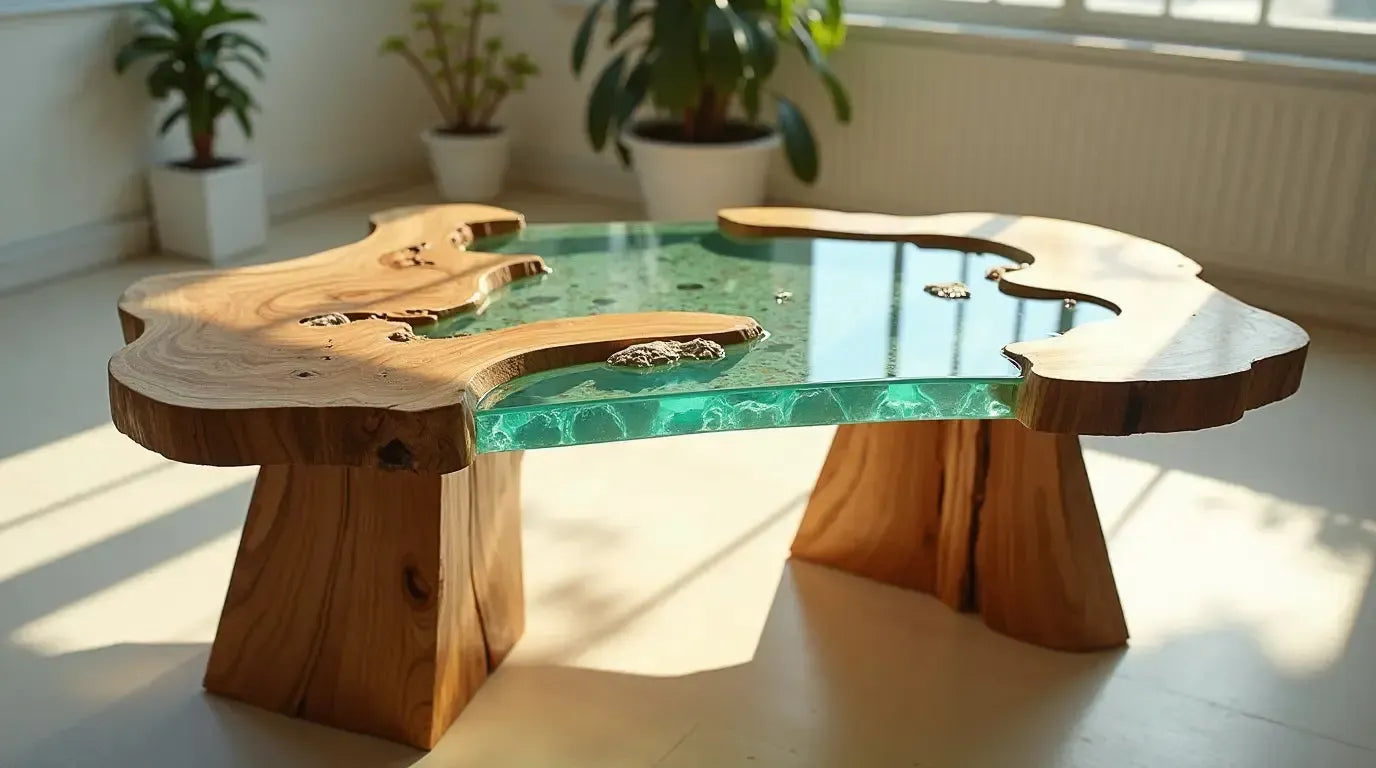
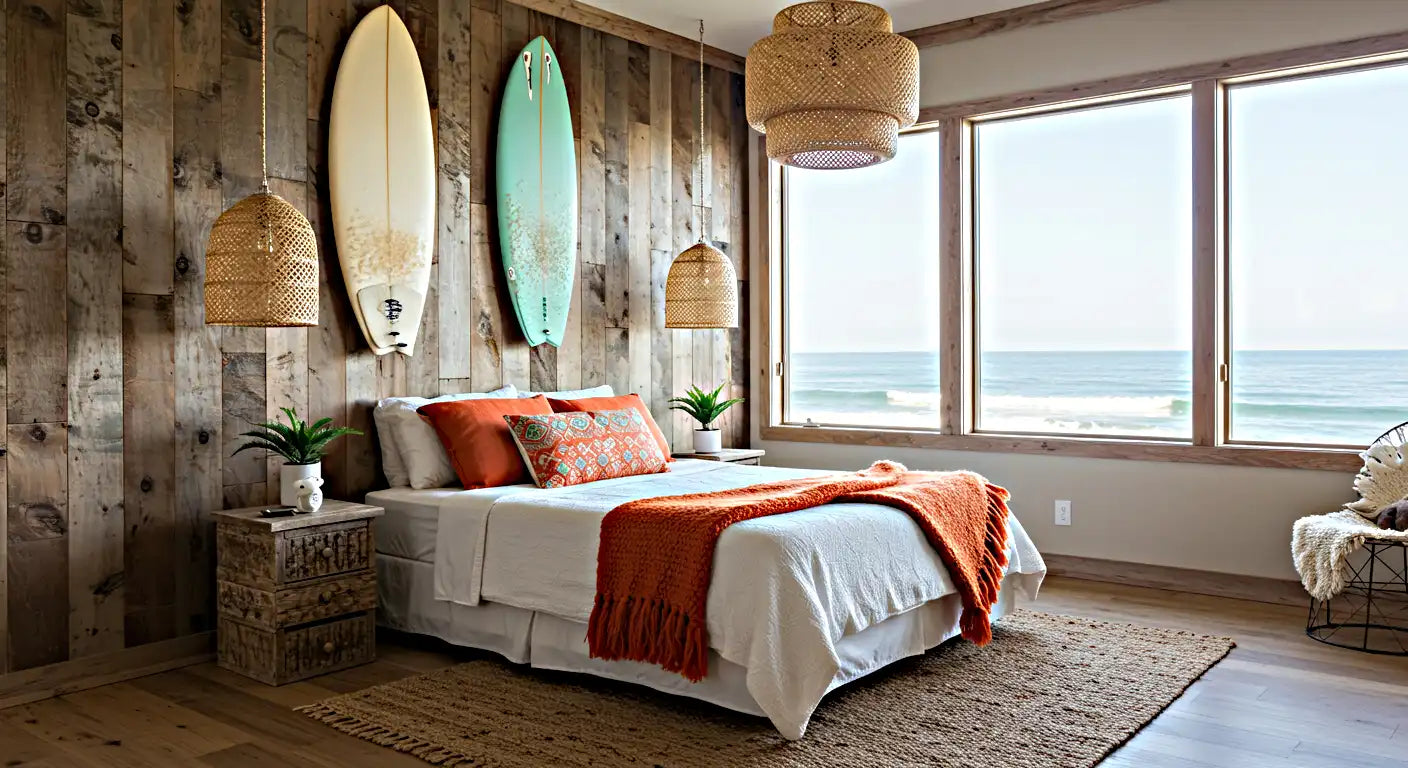

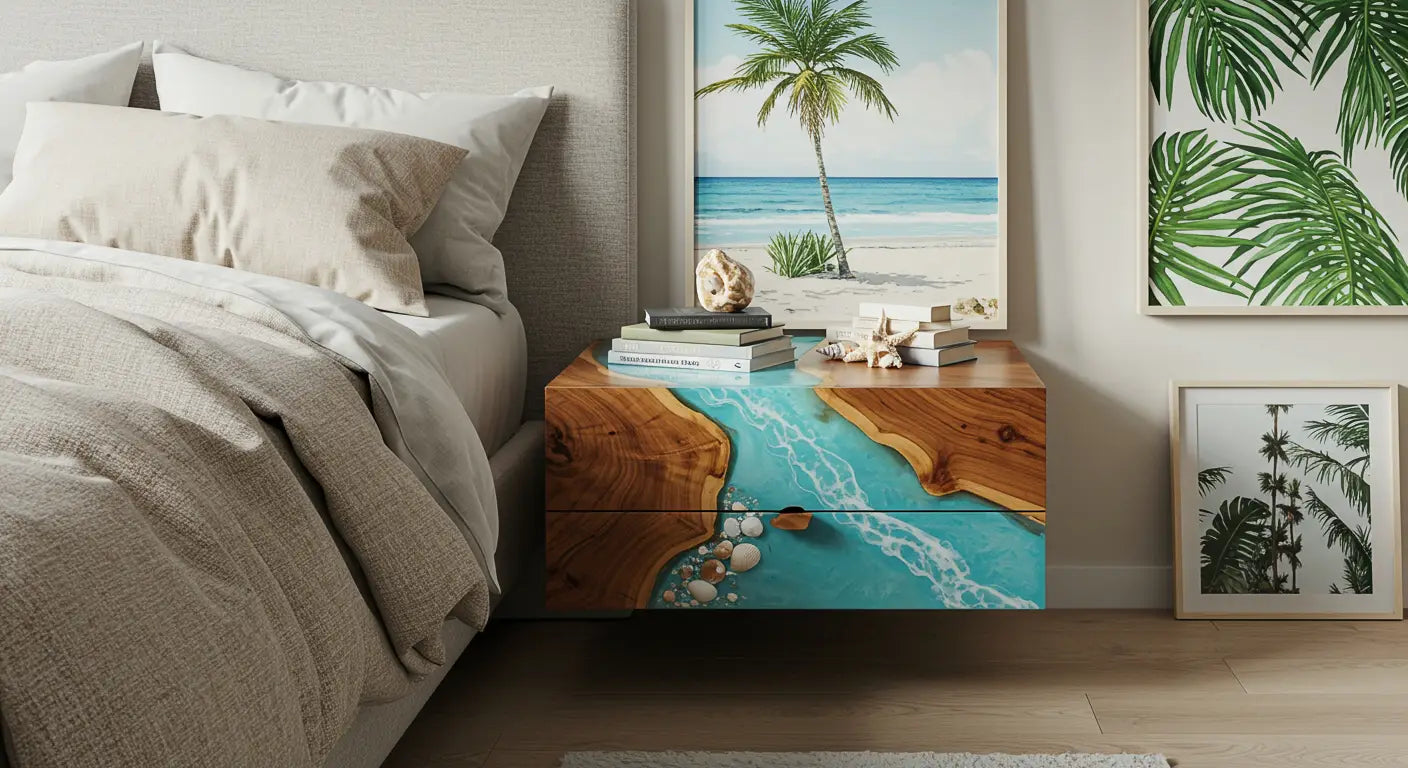
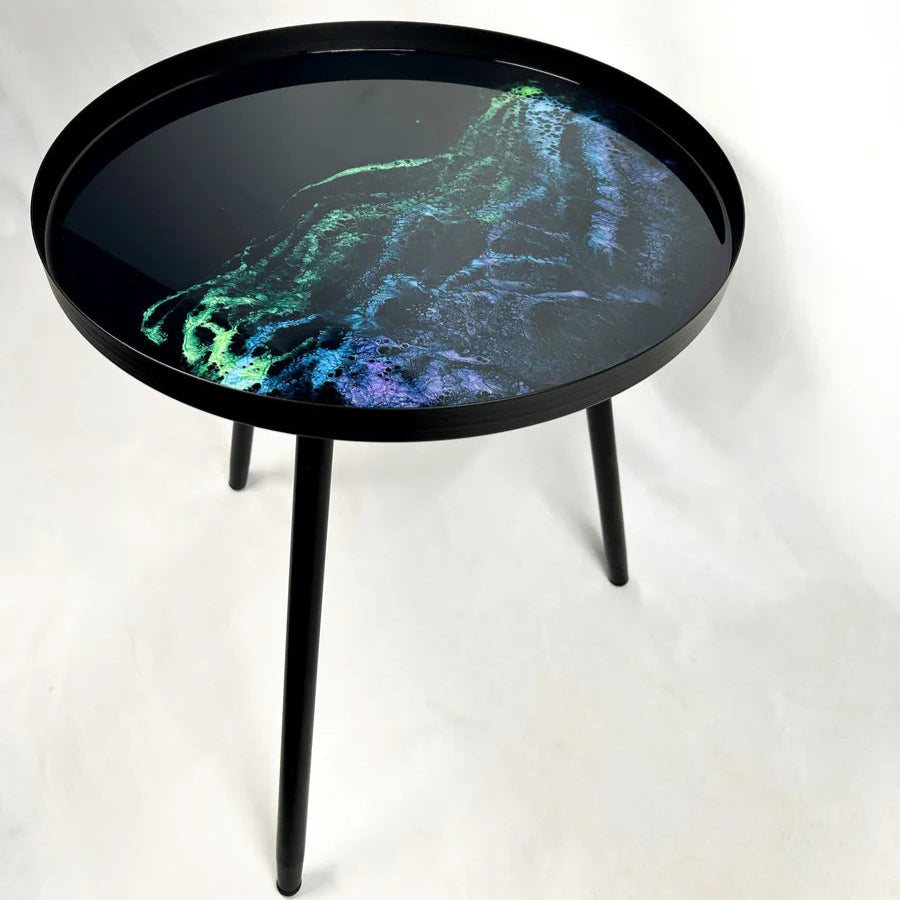

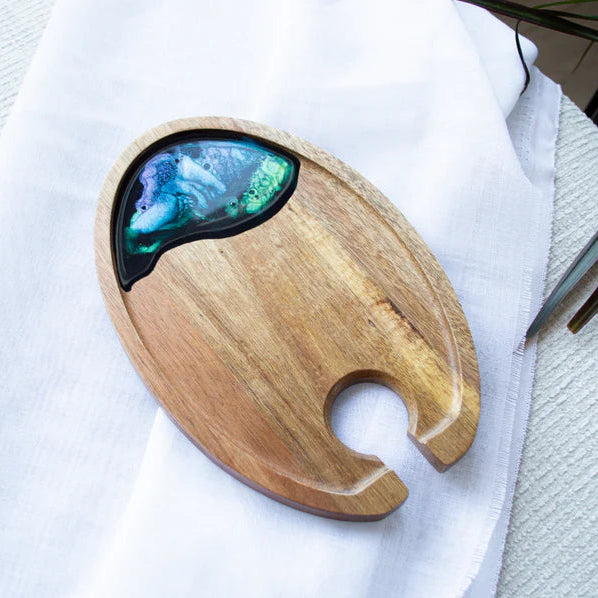
Share: